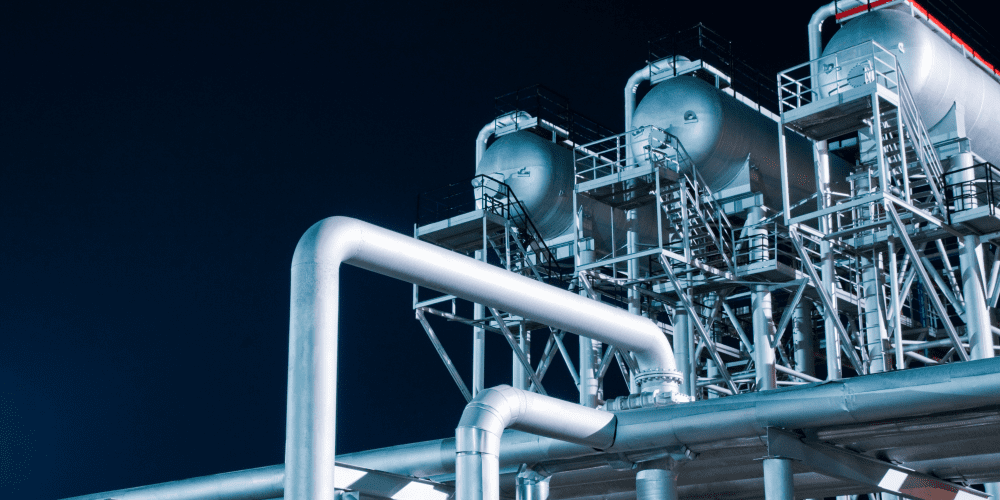With AI’s growing advantages and capabilities, it is widely used in almost every industry. In the oil and gas industry, AI can be used for forecasting demand, inventory management, deck machinery management, predictive maintenance, automation, security, surveillance, and enhancing production quality by providing reports analysis.
Smart Oilfield defines the digital technologies used to improve the efficiency in the oil and gas industry. According to the Consegic Business Intelligence report the smart oilfield market is growing with a CAGR of 5.9% from 2023 to 2030.
The global network for the oil and gas pipeline is around 2,069,000 km. These pipelines are under different terrains like lands, oceans, rivers, deserts, and even mountains. The major section of these pipelines is under open lands to reduce their impact on humans and wildlife. Due to inconsistency in the terrain, the real-time monitoring of the pipelines is a tedious task, which often results in poor maintenance leading to leaks.
These leaks can cause environmental damage due to toxic gases and chemicals transported through the pipelines. Also, because of the large coverage area of pipelines across the planet, the monitoring process generates a huge amount of data that is difficult to analyze using traditional data handling methods to provide useful insights that prevent any damages or casualties.
This is where AI comes to the rescue in coordination with thermal imaging technology. Thermal imaging technology uses infrared cameras to detect the difference between a material’s normal and abnormal temperature. These cameras immediately detect changes in ambient temperature in locations where they should not be.
These thermal images are analyzed with the help of AI algorithms and models to measure heat loss, and temperature rise and also can pinpoint the exact location of the defect. Using AI and Deep Learning algorithms, the data is analyzed, which produces data insights that can be used for maintenance scheduling and improves decision-making, which leads to better utilization of resources and reduced downtime.
Along with these, satellite imagery, LiDAR, and drones are used to detect pipeline leaks. AI mainly focuses on the automation of monitoring tasks by providing real-time data of the pipelines which reduces the need for manual inspection. AI can also detect or predict leaks based on the data analysis which helps in solving a problem before it becomes a major issue, thus reducing the financial impact of leaks on the industry.
There are several benefits of using AI in the oil and gas industry. AI helps prevent accidents and injuries by detecting the leaks before they turn out to be dangerous, which protects the environment and also human lives from the chronic effects of the leaks, as the pipelines transmit various toxic chemicals, oils, and gases through them.
Leaks in the oil and gas industry can cost millions of dollars, as it impact the transmission and even the production time. So, using AI the leaks are detected earlier, and cost less to repair compared to a major leakage in the pipeline systems. This increases the efficiency of the oilfield plant and helps the businesses to grow as it reduces repair costs and time, and also by scheduling the maintenance priorly.
The oil and gas industry is a risky field to work in, with the help of AI and other smart oilfield advanced technologies, we can reduce the risk of leaks in the pipelines in both onshore and offshore fields. AI, being constantly developed and improved, tends to provide a better solution for oil leaks than traditional ways!






